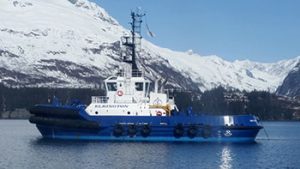By Alan Sorum
Council Project Manager
Some locations won’t work for Prince William Sound tankers
A recent Council-sponsored study reviewed eight “potential places of refuge,” or PPOR, which are locations where an oil tanker in distress can anchor and take action to stabilize its condition. Of the eight reviewed in the study, none were found to be safe for use by tankers. However, several safe alternates were identified, analyzed, and proposed for future consideration.
Identifying these sites in advance allows decision-makers to save time during their critical initial response to a potential oil spill. Establishment of these places of refuge is recognized by the International Maritime Organization and other governmental agencies as an important marine safety and pollution mitigation measure.

